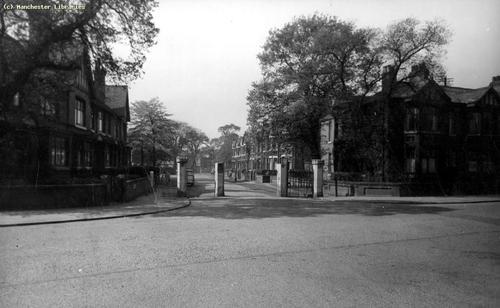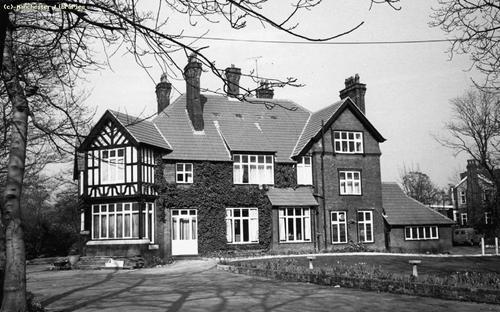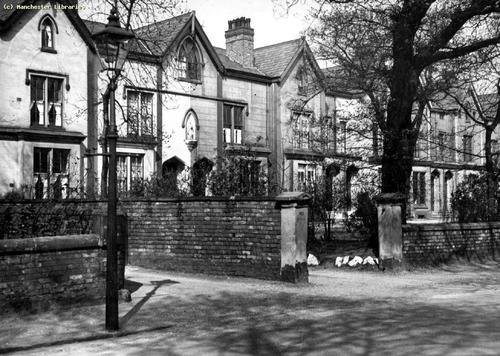The History of a German Glassmaking Industry
The Fichtelgebirge is a district of Upper Franconia, a region in the eastern part of the State of Bavaria. This is a mountainous country, deeply forested where small villages and towns dot the hillsides. It is a land that earns its living from farming and logging.
Fichtelgebirge was once home to an extensive cottage industry, that of glassmaking. The product of the workshops or "glashutte" as they were known was principally glass beads, buttons and christmas tree decorations. Most glashutte were small family run businesses although a few workshops did employ a considerable number of people. The history of local glassmaking may be traced back to the 16th century when the first glashutte was established in the town of Bischofsgrun.
The glashutte illustrated below housed the works of Christian Hermann established in 1882. It is now a private house. At its peak, the glass works employed more than 30 people and its output was 18,000 glass beads per day. Much of this production was for export especially for markets in America and Africa, particularly to Ethiopia. The glass was coloured using a variety of minerals such as lead, arsenic, copper, nickel and proterobas a dark green stone found locally on the slopes of the Ochsenkopf mountain.
The largest works was that of Greiner & Co founded in Bischofsgrun in 1857.Their production was largely for export markets all over the world. The glasshutte was the last in Bischofsgrun to close, in 2004.
At the other end of the scale was the works of the Kaiser Brothers, Karl and Fritz. Their speciality was christmas tree decorations. It was here in Bischofsgrun that the method of silver plating the glass baubles, was pioneered. The process was invented by Dr Hartwig Weiskopf in 1853 and employed by the Kaisers. Although they sold products throughout Upper Franconia, most of the stock went to the shop in their own home.
A marked footpath starts in Bischofsgrun and extends several kilometres passing through the towns and villages associated with this industry. Information boards along the way tell the history of each former glass works that one passes. Small museums in Bischofsgrun and Fichtelberg exhibit examples of
the products of the glashutte including decorative glass vessels from the 17th century..
 |
| The town of Bischofsgrun and the Ochsenkopf Mountain |
 |
| The former glashutte of Christian Hermann |
 |
| A selection of glass beads |
 | ||||
| Manufacturing Christmas tree decorations |
 |
| Silver plated Christmas tree baubles |




















